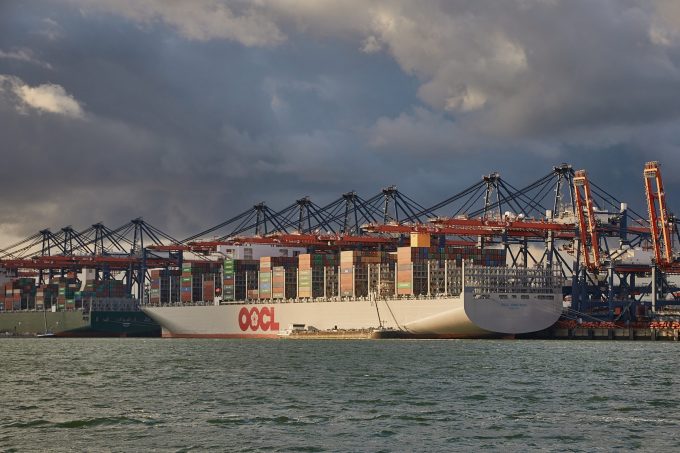Airfreight demand expected to weaken through Q2
Weak ecommerce demand has seen cancellations of airline block space agreements and charters, particularly to the ...

The first evidence of the depth of the liner shipping freight rate correction comes with the Q1 operational numbers for OOCL, which revealed a 58% year-on-year slump in the carrier’s revenue.
Several weeks ahead of the financial earnings season publications from the other major carriers, OOCL’s data is regarded as a harbinger of the health of the container sector.
Indeed, a collapse in freight rates from highly elevated levels, driven by weak demand and overstocked inventories, suggests that the carriers will be ...
Trump tariffs see hundreds of cancelled container bookings a day from Asia
Macron calls for ‘suspension’ – CMA CGM's $20bn US investment in doubt
De minimis exemption on shipments from China to the US will end in May
Forwarders stay cool as US 'liberation day' tariffs threaten 'global trade war'
Mixed response in US to 'Liberation Day', while China leads wave of retaliation
Tariffs and de minimis set air freight rates on a volatile course
Overcapacity looms for ocean trades – with more blanked sailings inevitable
'To ship or not to ship', the question for US importers amid tariff uncertainty
List of blanked transpac sailings grows as trade war heats up and demand cools
'Chaos after chaos' coming from de minimis changes and more tariffs
East-west rates diverge as transpac spots hold while Asia-Europe keeps falling

Comment on this article